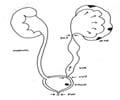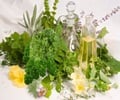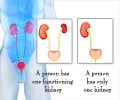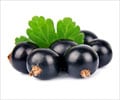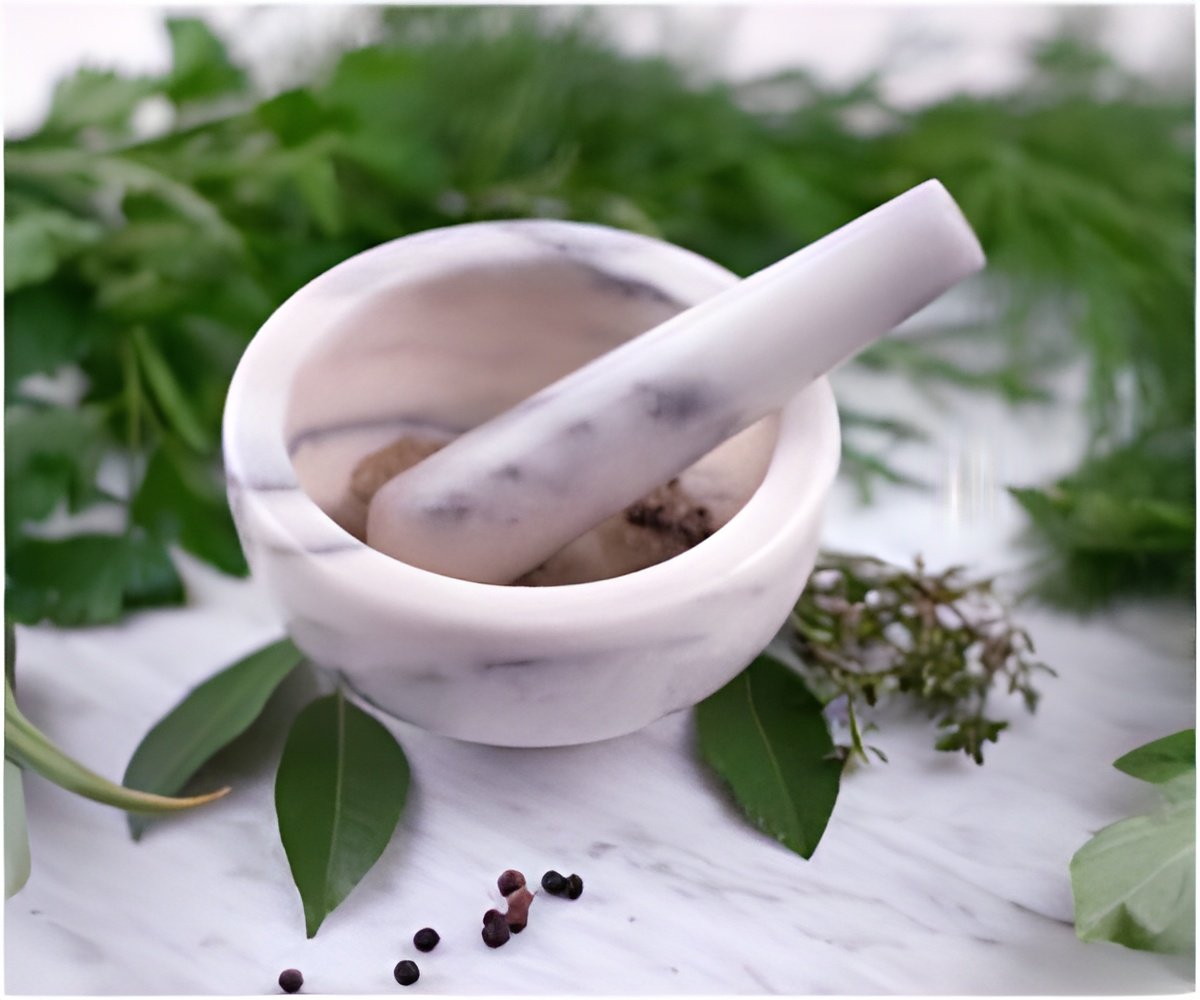
The compound, which is mainly used in alternative medicines in Asian region has been linked to increased risk for urothelial cancer following an epidemic of progressive renal failure in the early 1990s.
Researchers analyzed the effects of the aristolochic acid by reviewing various research papers published since 1960.
From the papers, it has been found that Aristolochic acid nephropathy, a progressive kidney disease has extensive damage during the later stages despite stopping the intake of compound.
The authors thus conclude that more improved regulation of herbal medicines is required in order to manage and prevent the illness and improper use of the compound.
Source-Medindia



